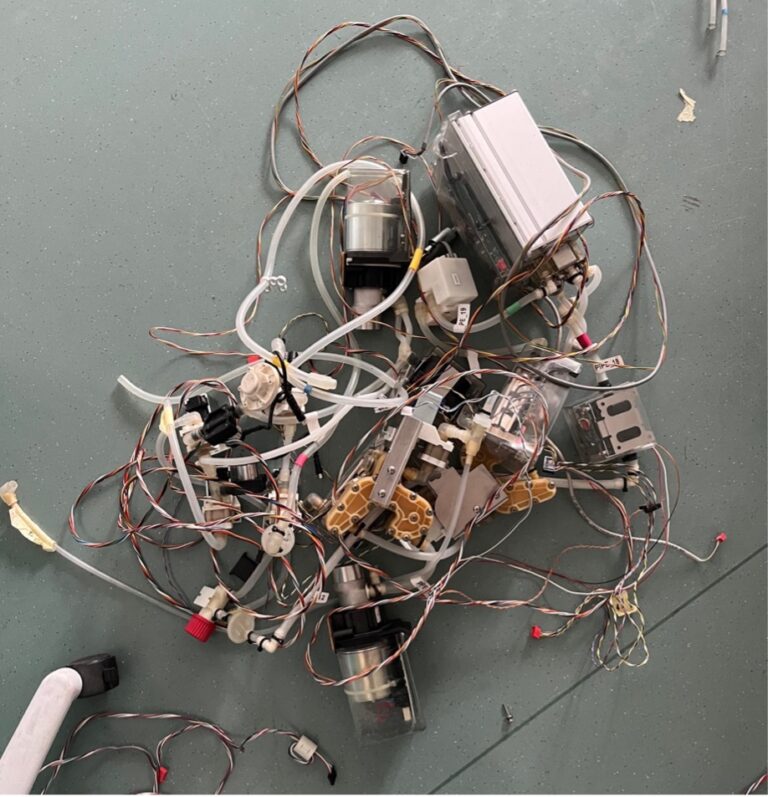Haemodialysis is a medical technology that uses a machine to cleanse the blood outside the body of people with chronic kidney failure. It is estimated that there are 3–4 million haemodialysis patients worldwide. However, at least as many people would require dialysis treatment to survive, yet do not receive it.
Kidney health is particularly vulnerable to the effects of climate change. In the future, more and more people worldwide, especially in the Global South, will suffer from kidney failure due to heat, toxins and chronic diseases. However, due to its high energy, water and disposable material consumption, as well as the frequency of treatments, dialysis currently takes place primarily in strictly regulated, resource-rich contexts in the Global North. At the same time, it contributes to climate change worldwide due to its resource intensity. Three international companies currently dominate the global dialysis market, but their machines do not sufficiently consider the possibilities of recycling, reuse or application in contexts with limited resources.

